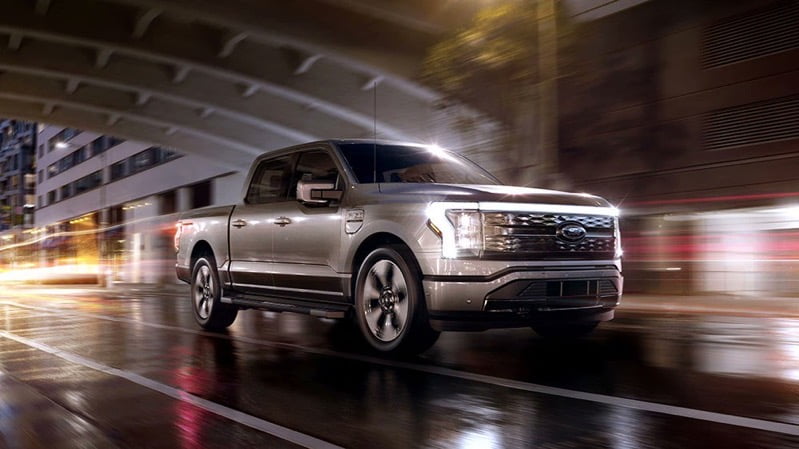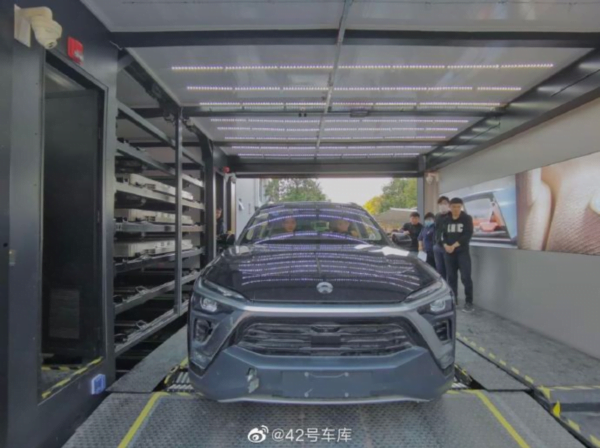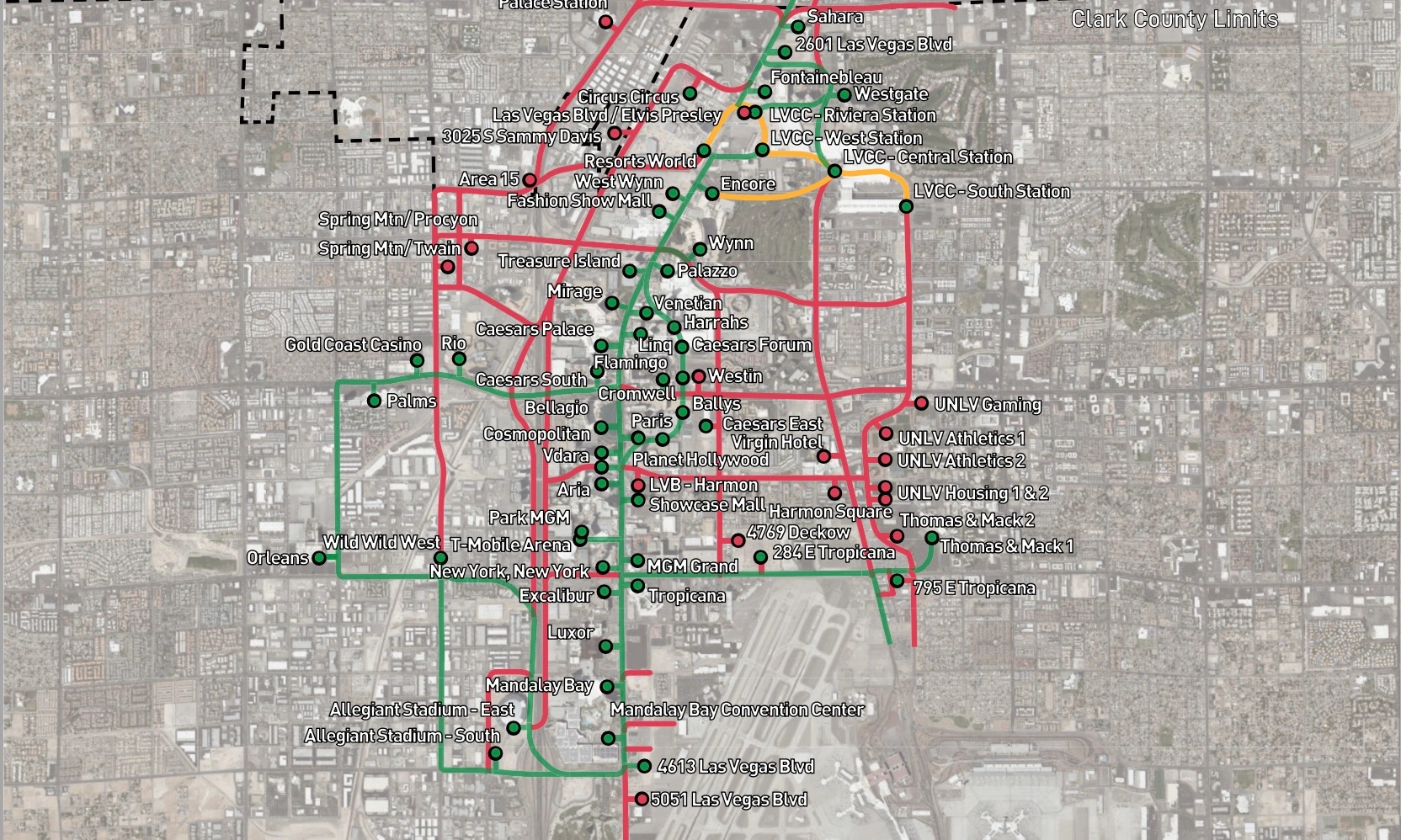
Tesla China VP Reiterates Charging is More Effective Than Battery Swaps

NIO’s 2nd generation battery swap station. Photo: @42how_ on Twitter
Tesla experimented with battery swap programming as far back as 2013, and despite the spread of recent rumors regarding a potential switch to the new model, a Vice President of the company has stated that the model is inefficient.
According to CnEVPost, Tesla Vice President of external affairs Grace Tao said Saturday on Weibo the company has “always believed that the charging model is the best way to replenish energy for large-scale use of civil electric vehicles.”

Drawing comparisons to recent developments in the electronics industry, Tao explained that, while many products featured removable batteries 10 years ago, most modern products now offer integrated, chargeable internal batteries, depicting a move from battery swapping models to a high-powered, fast-charging model – also the model most commonly used in the electric vehicle (EV) world today.
Tao pointed out Tesla continues to increase its Supercharger network and currently has over 6,000 Supercharger stalls in China. She also noted with Tesla’s latest and fastest V3 Superchargers, up to 250 km of range can be added in just 15 minutes, about the time it takes for you to enjoy a cup of coffee, to allow for a week of city commuting.
One China-based startup, NIO, has staked its business model on the battery swapping method, and it recently rolled out its second-generation battery swap stations in China.
While Tesla China also recently added a new registration status in China, largely sparking the recent round of rumors surrounding its potential move into battery swapping technology, it didn’t take long for the company to dispel the myth, saying that battery swapping was “riddled with problems and not suitable for widescale use.”
Following the release of its flagship ET7 sedan, NIO saw its sales rise 352% in January, even as Tesla was entering the biggest valuation drop in a six-week period in stock history.

